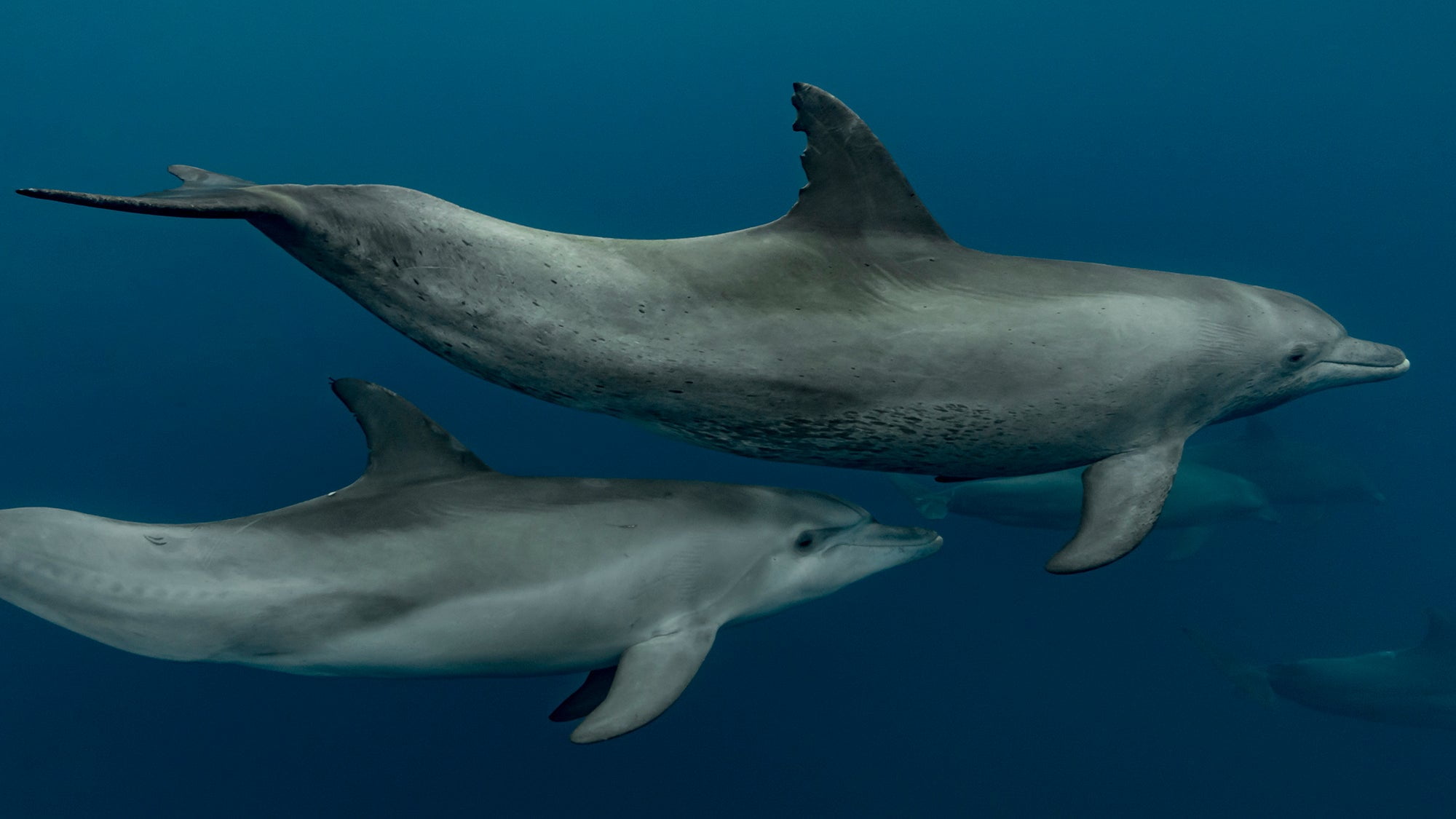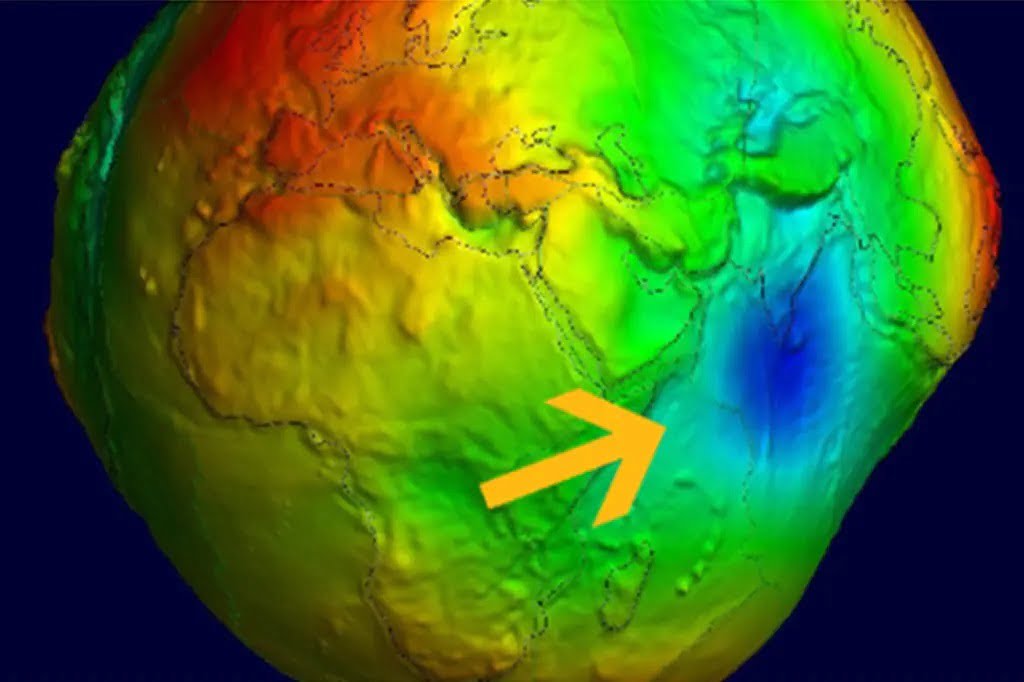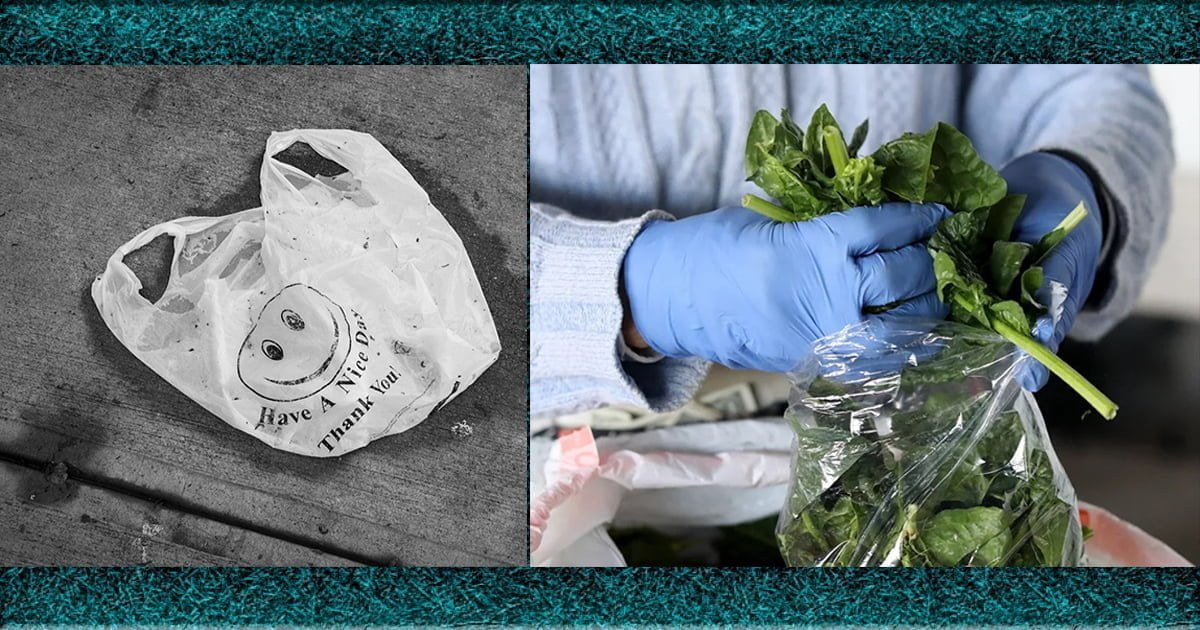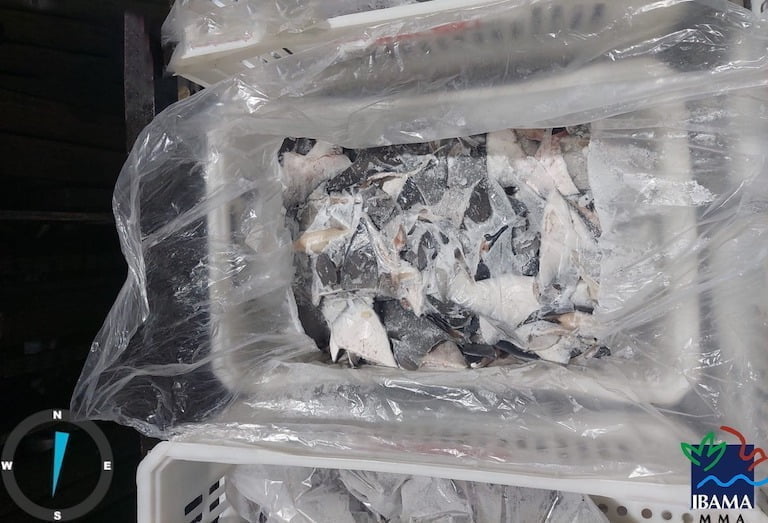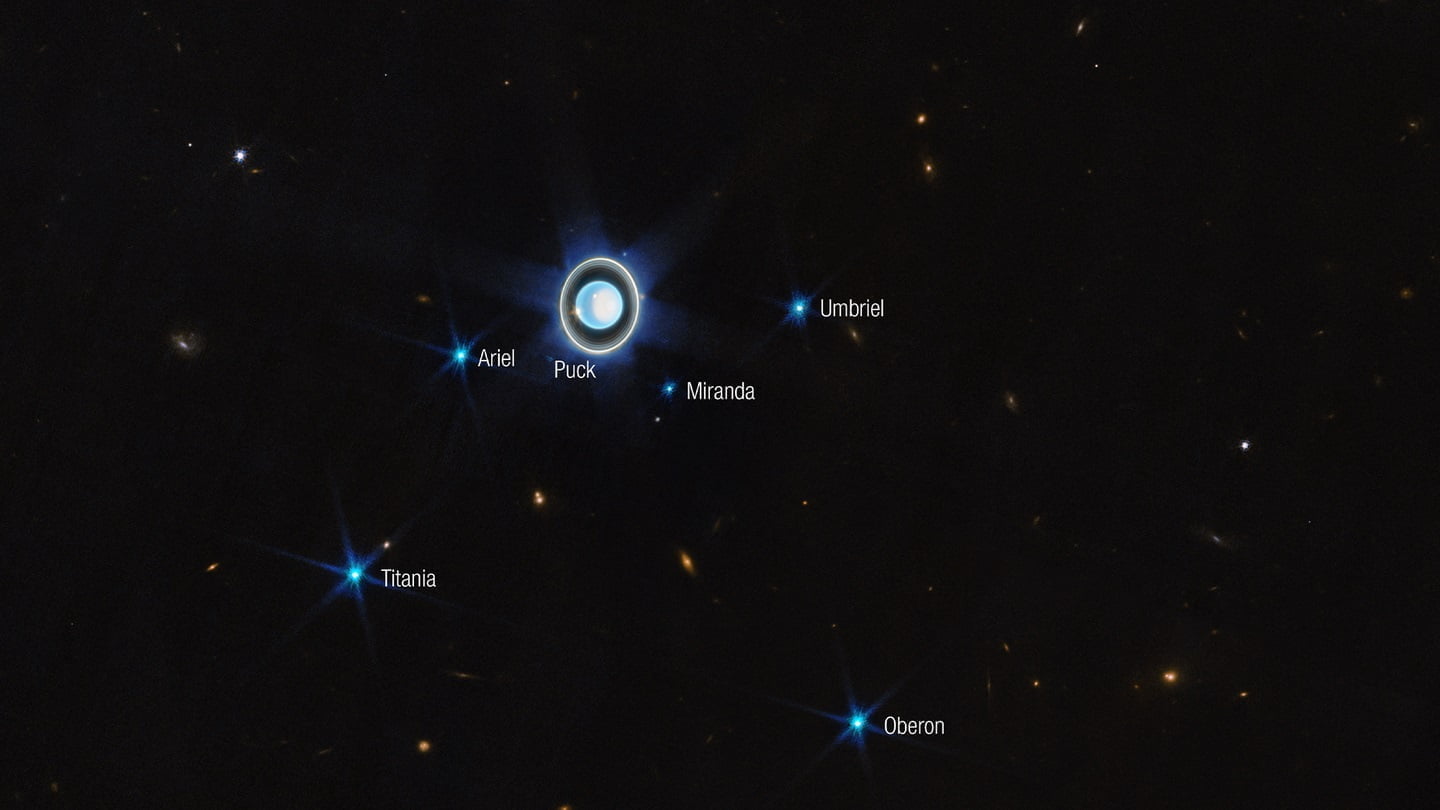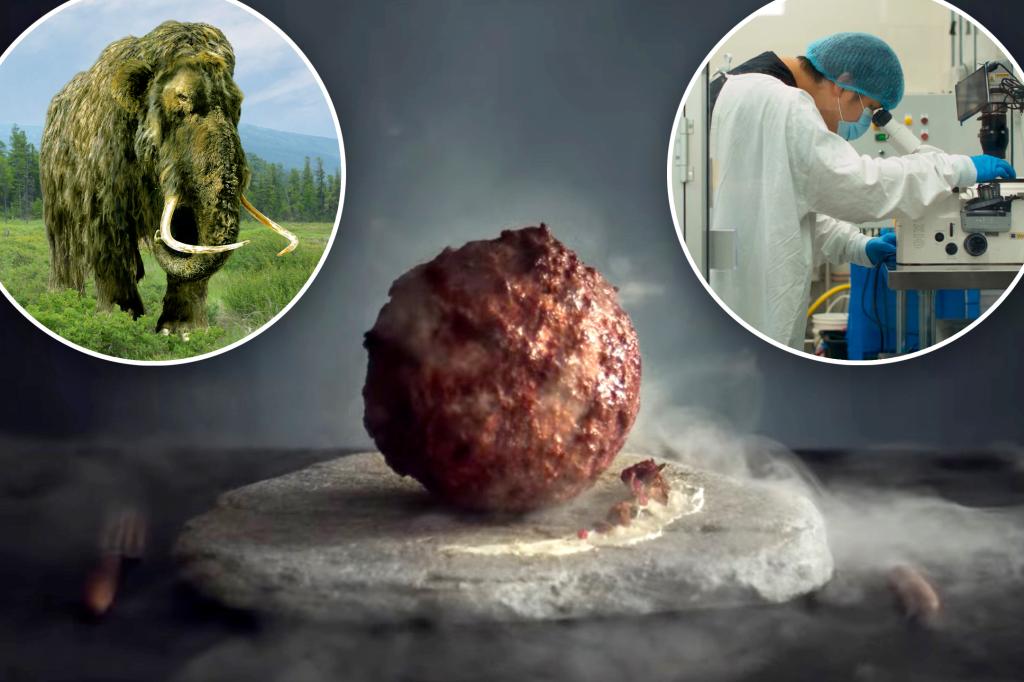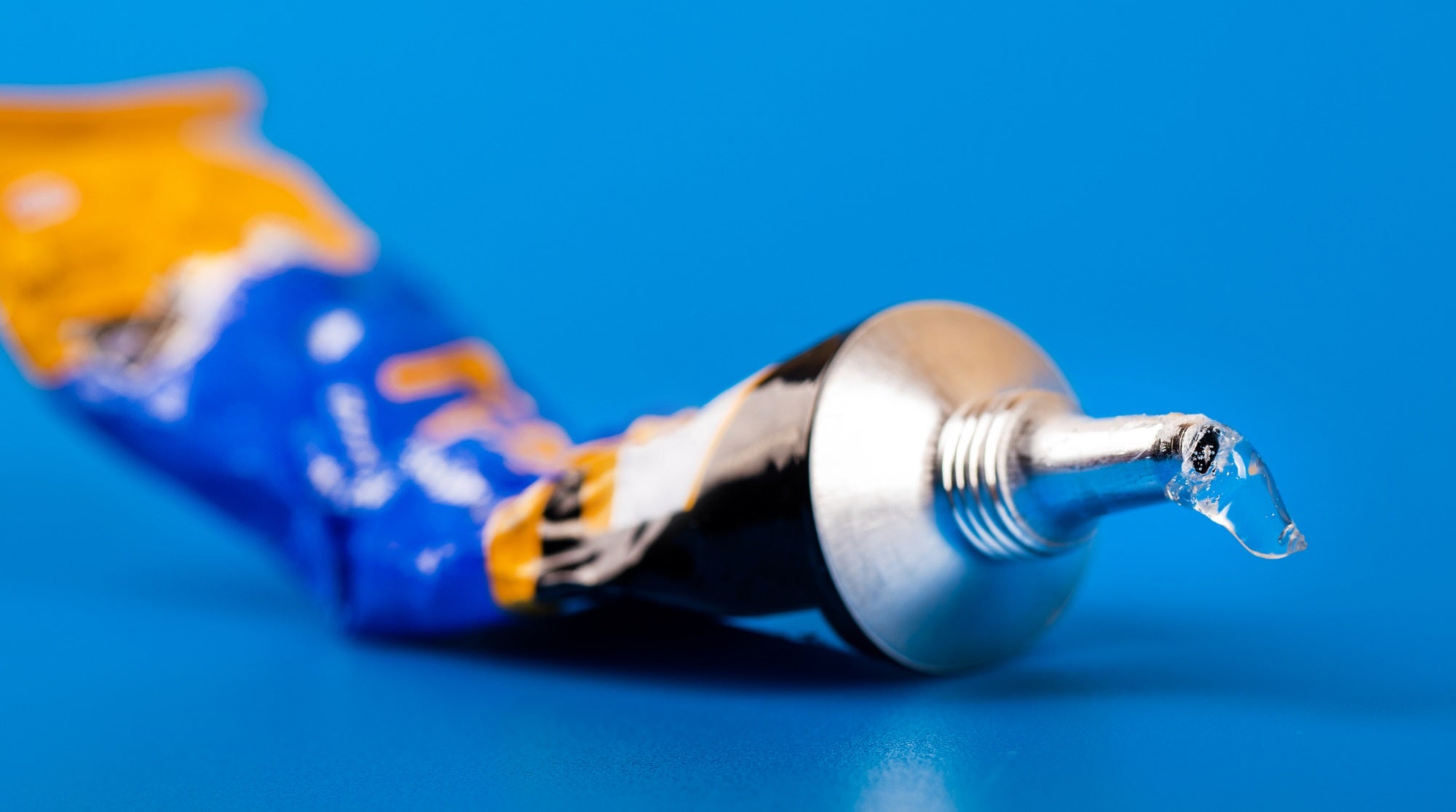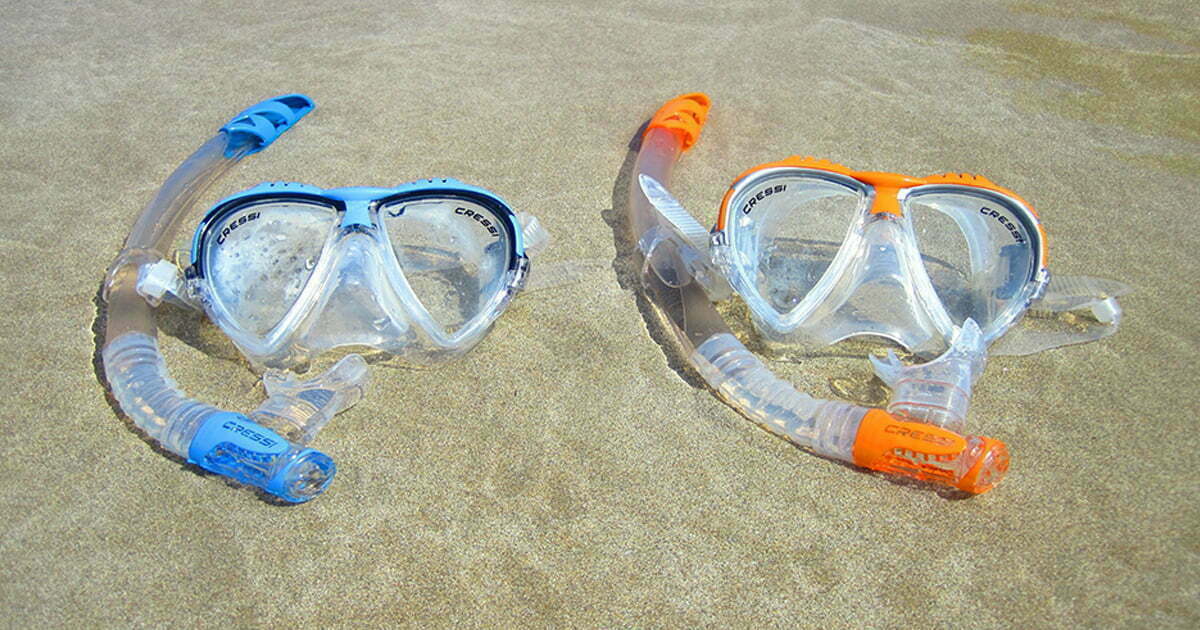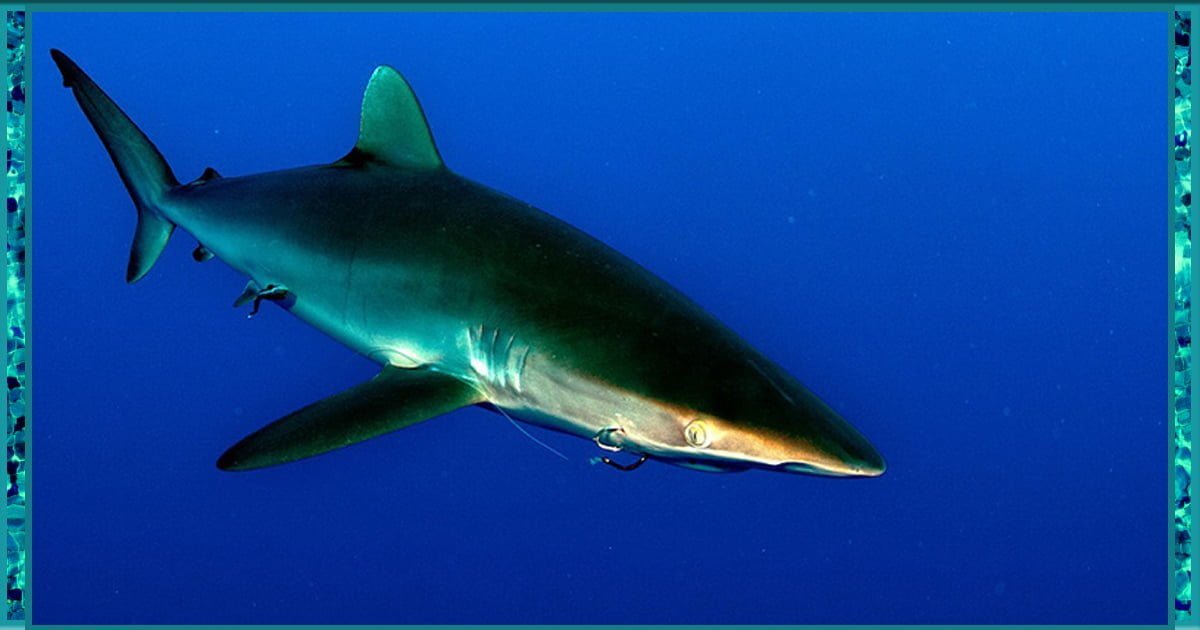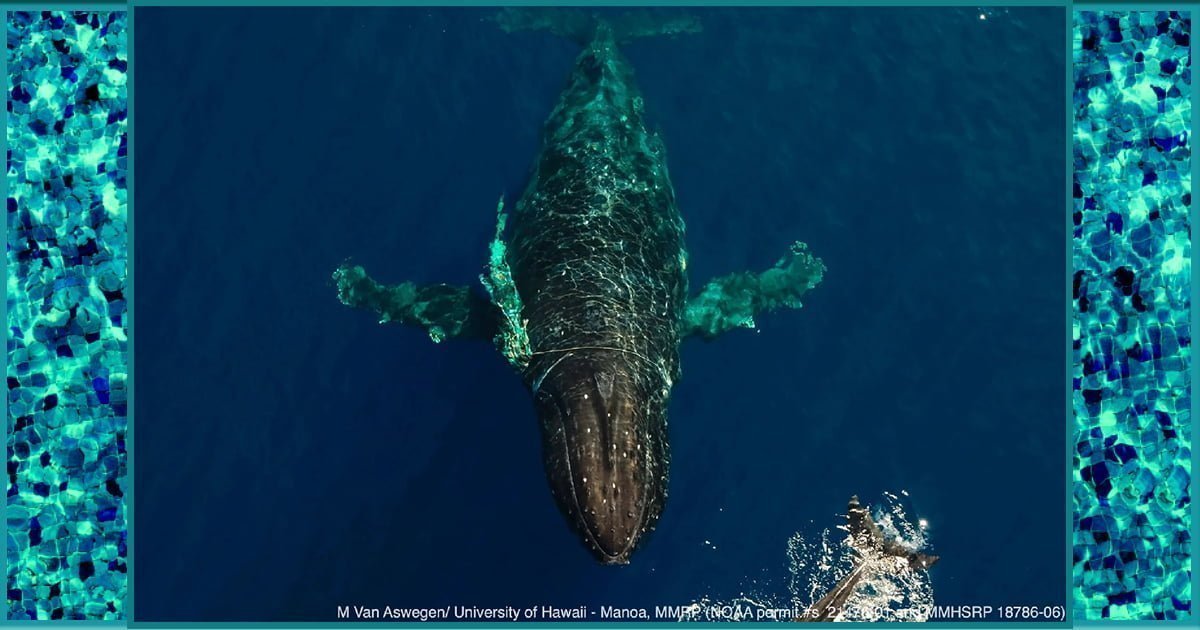Check for freckles and spots to determine the age of a dolphin
Dolphins develop spots as they age, similar to the fine lines, gray hairs, and hyperpigmentation that humans experience. A recent study has revealed that the onset of these spots is so predictable that it can be a noninvasive way to determine a dolphin’s age.
Age is a critical metric for understanding dolphin populations, and while many techniques exist to calculate age, such as analyzing DNA or counting layers of dental material, they are invasive. Therefore, developing a model to estimate age by looking at dolphins’ spots is a fascinating prospect.
According to Ewa Krzyszczyk, a researcher of dolphins at Bangor University in Wales, the latest method is a precious resource. By calculating the age of dolphins, experts can address significant queries, such as the cessation of weaning or the onset of sexual maturity, or even the onset of aging.
The revelation that the aging of dolphins is mirrored by their spots developed from studies conducted by Genfu Yagi, a marine mammal expert at Mie University in Japan.
Yagi analyzed underwater footage of Indo-Pacific bottlenose dolphins off the coast of Mikura Island, near central Japan, and traced how their spots emerged as they grew. The spots first appear around the genital slit at 6.5 years of age, then expand toward the head and back. By eight years old, spots appear on the chest, and by 17 years old, they reach the jaw. Yagi created a system that quantifies the density of spots on various parts of the body and correlates it with age. This method works for dolphins between the ages of seven and 25 and has a margin of error of 2.58 years, making it more accurate than estimating age from DNA samples.
The Yagi equation is exclusively applicable to the Indo-Pacific bottlenose dolphins living near Mikura Island, owing to the likelihood of distinct speckling emergence across various geographical regions. Nonetheless, this modeling technique has the potential to work successfully for other dolphin populations. Among cetaceans, only dolphins have the ability to generate spots, with pantropical and Atlantic spotted dolphins possessing dark spots on their ventral side and light spots on their dorsal side.
The process responsible for the development of these speckles remains a mystery to scientists. Not many mammals, other than dolphins, demonstrate the rare trait of changing their body coloration during their lifespan.
